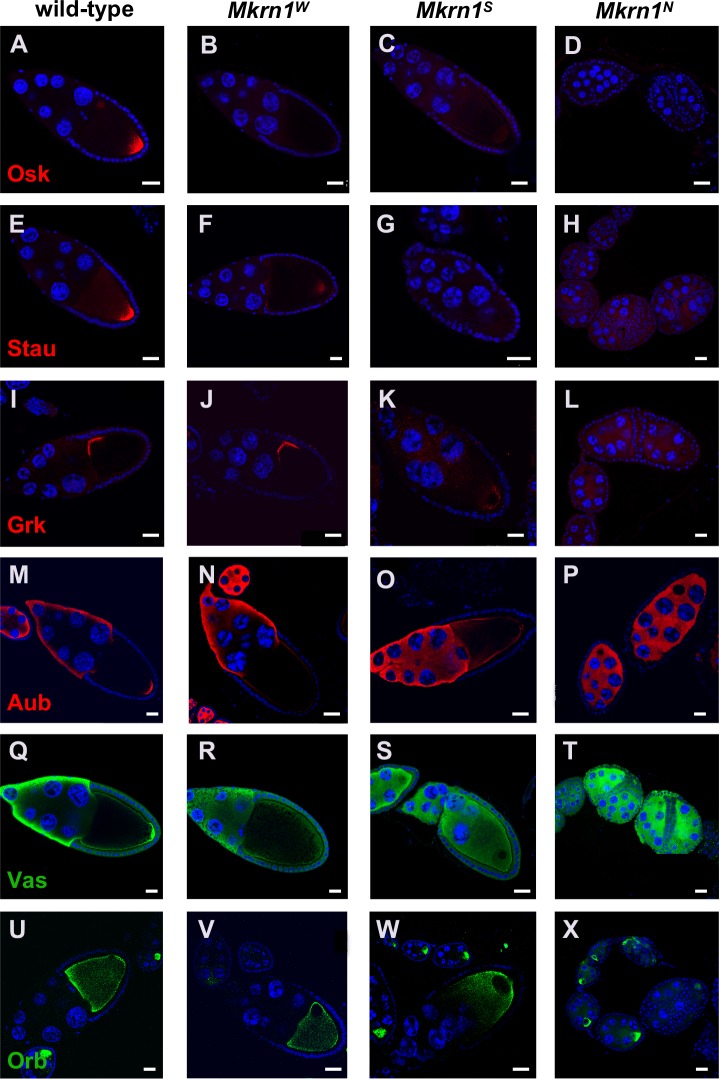Fig 3. Mkrn1 mutations affect accumulation of proteins involved in axis patterning.
(A-D) Posterior accumulation of Osk is greatly reduced in stage 10 Mkrn1W and Mkrn1S oocytes as compared with wild-type. Osk is nearly undetectable in Mkrn1N egg chambers. Scale bars, 25 μm. (E-H) Posterior accumulation of Stau is greatly reduced in stage 10 Mkrn1W and Mkrn1S oocytes as compared with wild-type. Stau is nearly undetectable in Mkrn1N egg chambers. Scale bars, 25 μm. (I-L) Anterodorsal accumulation of Grk is normal in stage 10 Mkrn1W oocytes. Grk remains associated with the oocyte nucleus and is mislocalized to the posterior in stage 10 Mkrn1S oocytes. Grk is present at uniformly low levels or undetectable levels in all germ cells in Mkrn1N egg chambers. Scale bars, (I-K) 20 μm, (L) 25 μm. (M-P) Posterior accumulation of Aub is greatly reduced in stage 10 Mkrn1W and Mkrn1S oocytes as compared with wild-type. Aub is present at uniform levels in all germ cells in Mkrn1N egg chambers. Scale bars, 20 μm. (Q-T) Posterior accumulation of Vas is greatly reduced in stage 10 Mkrn1W and Mkrn1S oocytes as compared with wild-type. Vas is present at uniform levels in all germ cells in Mkrn1N egg chambers. Scale bars, 25 μm. (U-X) Accumulation of Orb is similar in wild-type and Mkrn1W oocytes, but Orb is more concentrated in the posterior of Mkrn1S oocytes. In early-stage Mkrn1N egg chambers there is usually a single Orb-positive cell, indicating that some steps toward oocyte differentiation are able to take place. Scale bars, (U-W) 20 μm, (X) 25 μm.

